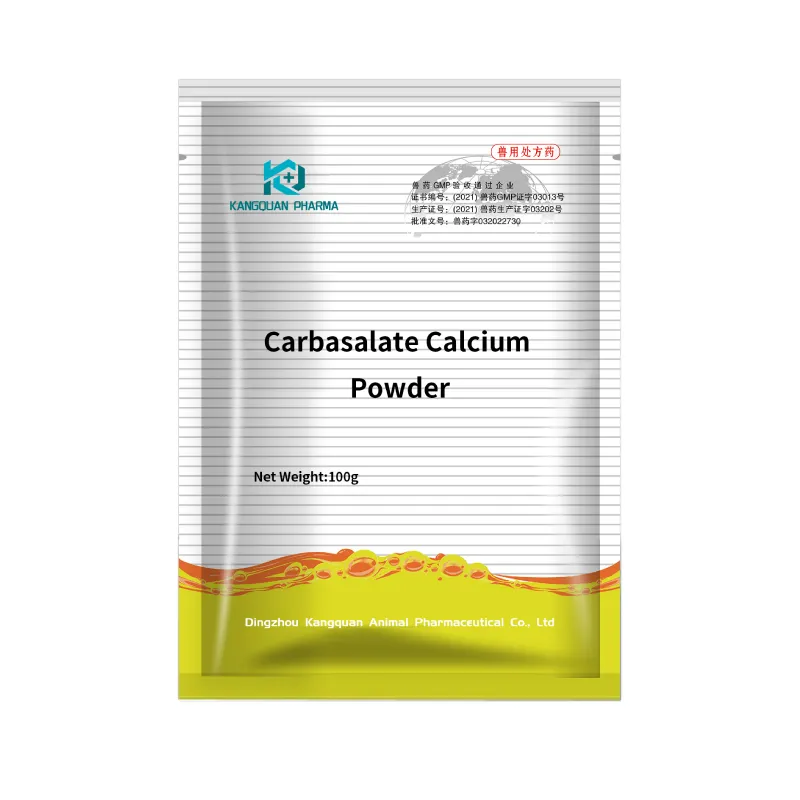- Afrikaans
- Albanian
- Amharic
- Arabic
- Armenian
- Azerbaijani
- Basque
- Belarusian
- Bengali
- Bosnian
- Bulgarian
- Catalan
- Cebuano
- Corsican
- Croatian
- Czech
- Danish
- Dutch
- English
- Esperanto
- Estonian
- Finnish
- French
- Frisian
- Galician
- Georgian
- German
- Greek
- Gujarati
- Haitian Creole
- hausa
- hawaiian
- Hebrew
- Hindi
- Miao
- Hungarian
- Icelandic
- igbo
- Indonesian
- irish
- Italian
- Japanese
- Javanese
- Kannada
- kazakh
- Khmer
- Rwandese
- Korean
- Kurdish
- Kyrgyz
- Lao
- Latin
- Latvian
- Lithuanian
- Luxembourgish
- Macedonian
- Malgashi
- Malay
- Malayalam
- Maltese
- Maori
- Marathi
- Mongolian
- Myanmar
- Nepali
- Norwegian
- Norwegian
- Occitan
- Pashto
- Persian
- Polish
- Portuguese
- Punjabi
- Romanian
- Russian
- Samoan
- Scottish Gaelic
- Serbian
- Sesotho
- Shona
- Sindhi
- Sinhala
- Slovak
- Slovenian
- Somali
- Spanish
- Sundanese
- Swahili
- Swedish
- Tagalog
- Tajik
- Tamil
- Tatar
- Telugu
- Thai
- Turkish
- Turkmen
- Ukrainian
- Urdu
- Uighur
- Uzbek
- Vietnamese
- Welsh
- Bantu
- Yiddish
- Yoruba
- Zulu
11월 . 30, 2024 06:34 Back to list
Recommended Albendazole Dosage for Effective Goat Parasite Treatment and Prevention
Understanding the Dosage of Albendazole for Goats
Albendazole is a broad-spectrum anthelmintic medication commonly used in livestock, particularly goats, to control a range of internal parasites. These parasites can significantly affect the health and productivity of goats, leading to weight loss, reduced milk production, and even death in severe cases. Proper dosing and administration of albendazole are crucial to ensure effective treatment and to minimize the risk of resistance.
What is Albendazole?
Albendazole is a member of the benzimidazole class of dewormers and works by disrupting the microtubule formation in parasitic worms, leading to their death. It is effective against various gastrointestinal nematodes, lungworms, and certain cestodes (tapeworms). Although it is generally well-tolerated, it is essential to adhere to the recommended dosage guidelines to maximize efficacy and safety.
Recommended Dosage
The standard dosage of albendazole for goats is typically between 5 to 15 mg per kilogram of body weight (mg/kg). This range can vary based on the specific type of parasite being targeted and the severity of the infection. It is crucial to weigh the goats accurately before treatment to ensure proper dosing. Overdosing can lead to toxicity, while underdosing may not effectively eliminate the parasites, leading to ongoing health issues and potential development of resistance.
For example, if you have a goat that weighs 50 kg, the dosage would be calculated as follows
- Minimum dosage 50 kg x 5 mg/kg = 250 mg - Maximum dosage 50 kg x 15 mg/kg = 750 mg
dosage of albendazole for goats

Thus, the goat should receive between 250 mg and 750 mg of albendazole, depending on your veterinarian’s guidance and the specific health needs of the animal.
Administration of Albendazole
Albendazole is available in various formulations, including tablets, suspensions, and boluses. The choice of formulation may depend on the age of the goat and personal preference. For easier administration, liquid formulations may be preferable for younger goats, while bolus formulations can be ideal for larger adults.
When administering albendazole, ensure that the goat receives the complete dose. If giving a liquid formulation, measure accurately and use a syringe for precision. Always follow the manufacturer's instructions for storage and handling to maintain drug efficacy.
Timing and Frequency of Treatment
The frequency of treatment with albendazole may vary based on the level of parasite infestation and the specific management practices in place. In general, goats may require deworming every 4 to 6 months, but this can be adjusted based on fecal egg count tests and the overall health of the herd. Regular monitoring and evaluation by a veterinarian can help in establishing an effective parasite control program.
Conclusion
Using albendazole as part of a comprehensive parasite management strategy can help keep goats healthy and productive. It is vital for goat owners to understand the appropriate dosage and administration practices to ensure the welfare of their animals. Always consult with a veterinarian for tailored advice and to monitor the efficacy of the treatment plan. By taking these steps, you can help prevent the negative impacts of parasitic infections and promote the overall health of your goat herd.
-
Guide to Oxytetracycline Injection
NewsMar.27,2025
-
Guide to Colistin Sulphate
NewsMar.27,2025
-
Gentamicin Sulfate: Uses, Price, And Key Information
NewsMar.27,2025
-
Enrofloxacin Injection: Uses, Price, And Supplier Information
NewsMar.27,2025
-
Dexamethasone Sodium Phosphate Injection: Uses, Price, And Key Information
NewsMar.27,2025
-
Albendazole Tablet: Uses, Dosage, Cost, And Key Information
NewsMar.27,2025













